Creators from ‘Bat in the Sun’ have used crowdfunding (IndieGoGo) for their project “Batman: Dying is Easy.” It is a rather well-made short movie. If we want to search, we might find some dissatisfaction with the acting, but the VFX is almost flawless. The short film is a battle of wits, focusing more on the philosophy and the characters’ inner darkness.
The plot is straightforward; three policemen are missing, causing much turmoil in Gotham. Batman suspects the Joker is behind it but knows that extracting information from the Joker is no easy task. So, Batman employs subterfuge, tricks the Joker into believing that he has cancer. Knowing well that instead of choosing an anonymous death by cancer, the Joker would prefer death at the hands of his nemesis: Batman. What follows is an Excellent, well-scripted exchange of words between the two, intended to peel layers and layers from the characters. The Joker falls perfectly into the trap and reveals that he has killed the policemen and reveals their location. Case closed, with the mystery solved, Gotham can return to business as usual.
Since the whole movie is based around dialog, one particular dialogue caught my attention for its implications. After the reveal of the dead bodies, the inspector rues that they could not save the policemen. Batman reveals to the inspector that they could not be saved, as they were killed on day one itself. The inspector is puzzled; if the Batman already knew that the policemen were dead, then why did he indulge in all this trickery; why did you it for them? To which Batman replies.
“I did it for the families. I had to take away Hope so their families could heal. It is said the worst thing to come out of Pandora’s box were not the sorrows or the plagues; it was Hope itself. Hope is a gamble, Hope lacks certainty. Now without Hope, maybe the families can start the healing process and move on.”
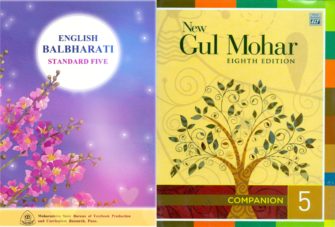 We all have read Pandora’s story in some varnished form or the other. In our school, it was part of the Gulmohar textbook. Now, and a very big NOW, Gulmohar books are for the central board (CBSE) whereas, as a true Crescentian, I am through and through an SSC (State Board) warrior. If you ask, Why the mixup in textbooks? Why is an SSC student handed a CBSE book? The answer is very simple: the nineties (1990-99), and nobody really cared. For some years, we got the SSC Balbharati textbook, and for some intermittent years, we got the Gulmohar series of books. We had to purchase our book en lot from school, so everyone went with whatever was packed. For some years, we were regaled by the likes of Black Beauty, and in some years, we had an old man asking his fighting kids to knot a bunch of sticks and break them. The real difference that mattered was that Gulmohar books were approximately A4-sized. At the same time, Balbharati ones were slightly smaller A5 sized; this meant that Gulmohar was to be packed at the back with the Workbooks in our school bag. And since workbooks were not a daily requirement at school, it meant that Gulmohars spent most of their time at home. This meant that a desk of three students shared a single book during in-class reading, a book which they had borrowed from some other desk.
We all have read Pandora’s story in some varnished form or the other. In our school, it was part of the Gulmohar textbook. Now, and a very big NOW, Gulmohar books are for the central board (CBSE) whereas, as a true Crescentian, I am through and through an SSC (State Board) warrior. If you ask, Why the mixup in textbooks? Why is an SSC student handed a CBSE book? The answer is very simple: the nineties (1990-99), and nobody really cared. For some years, we got the SSC Balbharati textbook, and for some intermittent years, we got the Gulmohar series of books. We had to purchase our book en lot from school, so everyone went with whatever was packed. For some years, we were regaled by the likes of Black Beauty, and in some years, we had an old man asking his fighting kids to knot a bunch of sticks and break them. The real difference that mattered was that Gulmohar books were approximately A4-sized. At the same time, Balbharati ones were slightly smaller A5 sized; this meant that Gulmohar was to be packed at the back with the Workbooks in our school bag. And since workbooks were not a daily requirement at school, it meant that Gulmohars spent most of their time at home. This meant that a desk of three students shared a single book during in-class reading, a book which they had borrowed from some other desk.
Anyways, like the Joker said,
“I diagress.”
Present-day, the story of “Pandora and the Hope Fairy” has left the Gulmohar series. It is now part of the Magnolia series. Dear Orient Black Swan, could you enlighten us on the naming of your series, Gulmohar for CBSE, Magnolia for ICSE, is there any logic? The answer, again, is likely to be very simple, they flipped a random page in the dictionary and picked the fifth word from the top left corner.
Here is the summary of the story from Magnolia.
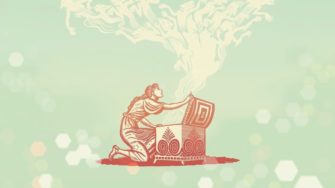 “In popular Greek myth, Pandora is held responsible for releasing pain, sorrow, and other problems into the world. We know that Pandora has been disobedient and has opened a box, despite being forbidden to. As a result, she lets evils into the world and is also stung by them. As she repents her actions, she hears a soft knocking from within the box. A sweet voice cajoles Pandora to open the box once more. At first, Pandora resists but ultimately succumbs to temptation. This time, however, she releases a beautiful fairy with rainbow-colored wings. The fairy introduces herself as Hope. She is here to inspire Hope in human hearts and help people find the courage to fight their troubles and promises to always be by their side.”
“In popular Greek myth, Pandora is held responsible for releasing pain, sorrow, and other problems into the world. We know that Pandora has been disobedient and has opened a box, despite being forbidden to. As a result, she lets evils into the world and is also stung by them. As she repents her actions, she hears a soft knocking from within the box. A sweet voice cajoles Pandora to open the box once more. At first, Pandora resists but ultimately succumbs to temptation. This time, however, she releases a beautiful fairy with rainbow-colored wings. The fairy introduces herself as Hope. She is here to inspire Hope in human hearts and help people find the courage to fight their troubles and promises to always be by their side.”
First Eve, then Pandora, what were these prehistoric women up to! And, why were they given things with instructions that said ‘Don’t use this.’ Don’t eat the apple, Don’t open the box. As Kids, Eve stole immortality from us, and Pandora gave us our latest outbreak of chickenpox. Glad I had someone to blame as I moved around as a spotted brown-skinned Dalmatian with browner spots.
On a serious note, the question is, why is the Hope fairy bundled in the box with the other evils? Is she really a force for good, or is she part of the other harmful things in the box? Maybe, she is just as evil as the other things, and by chance, did not manage to escape the first time. And, later used snake-like trickery to deceive Pandora into opening the box again?
It is similar to giving parole to a person on death row. It just doesn’t make sense. Here is all the bad, a death sentence, and by the way, here is some good, you have two-week parole to meet your family. We also trust you not to jump parole and come back a few days before we hang you. Even the most hardened criminal will get baffled by such statements and tear their hair over the absurdity.
Hence, the Batman statement: Hope was the worst thing to come out of Pandora’s box.
For people enduring slavery, the Hope that a messiah will free them simply prolongs their suffering. A lover clutching on the hope that their love will eventually come back to them when the other person has moved on. Such Hope prolongs misery. Similarly stuck are the families of the dead policemen hoping for their return. Such Hope in the absence of closure prolongs the anxiety of these families. Empty Hope, in a sense, is evil, a source of great misery and suffering. Hope coupled with inaction or Hope about things beyond your control might seem to be a devilish pursuit.
In an Indian context, think of action and Hope; then, things become complicated with the adage of Karm. A simple view might be Hope plus action is good, and empty Hope without action is terrible. But, from the point of view of Karm, choosing not to perform any action is also Karm. Furthermore, if we attribute Karm to thought, harboring Hope can also be seen as Karm. If we choose to have Hope or decide to abandon Hope, we commit to Karm either way. Secondly, whether we choose to act or choose to not act, as per the choice of Hope, we again commit Karm.
 At this stage, if you are still with me, let’s engage in a bit of a thought experiment. What if we have an animal, or an innocent human, a small child, which does not understand the concept of ‘hope.’
At this stage, if you are still with me, let’s engage in a bit of a thought experiment. What if we have an animal, or an innocent human, a small child, which does not understand the concept of ‘hope.’
In a Karmic sense, such a person or being will have a lesser burden of Karm. The only Karm they will create with either be that of action or inaction in a particular situation.
The concept of Karm is itself too complex; add to it the Karm cycle, things get murky. The idea of balancing Karm further complicates things. Having less of a Karmic burden from the ‘thought of hope’ might be a good idea in such a scenario.
Additionally, the core idea is to perform Karm without any expectation of its fruits. From such a viewpoint, Hope itself is a form of expectation.
Thus we are inclined to say Batman is correct; Hope does seem more undesirable after some slicing and dicing.



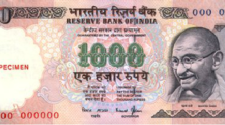

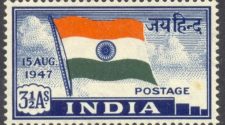
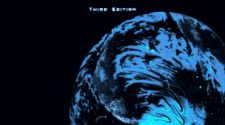
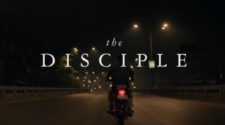


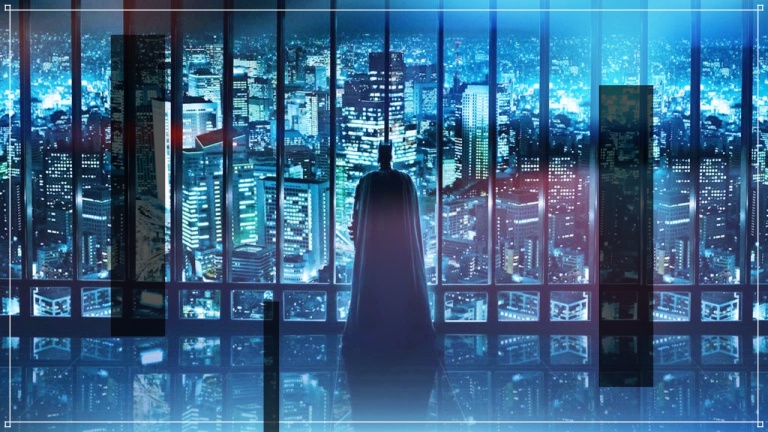
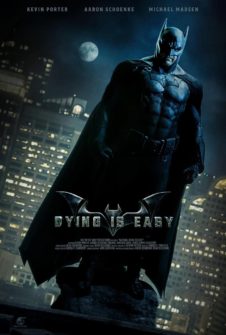
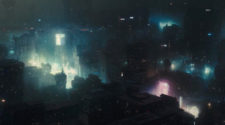
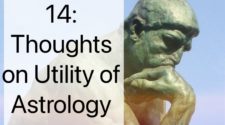
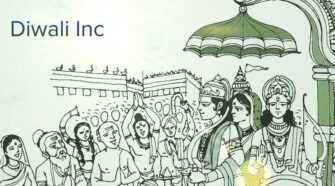
No Comment